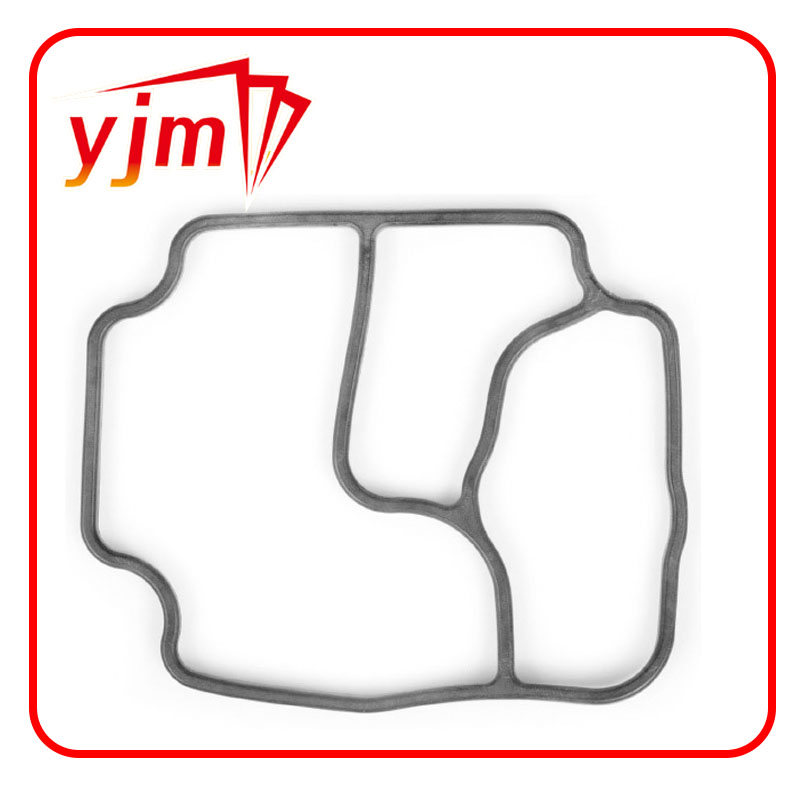crank oil seal
Understanding the Importance of Crank Oil Seals
The crank oil seal is a crucial component in the functioning of an internal combustion engine. Its primary purpose is to prevent oil from leaking out of the engine, which can lead to severe issues if not addressed promptly. Placed at the junction of the crankshaft and engine block, the crank oil seal ensures optimal performance and longevity of the engine. In this article, we will delve into the function, types, symptoms of failure, and benefits of maintaining a healthy crank oil seal.
Function of the Crank Oil Seal
The crank oil seal serves as a barrier that prevents motor oil from escaping the engine's crankcase while also keeping contaminants and dirt out. This allows for a tight seal around the crankshaft, which is essential for maintaining proper oil pressure within the engine. Without a functioning oil seal, the engine would not only lose lubrication but could also suffer from increased friction and wear, ultimately leading to mechanical failure. The crank oil seal plays an essential role in the overall efficiency of the engine, aiding in its ability to operate smoothly and reliably.
Types of Crank Oil Seals
There are several types of crank oil seals, typically made from materials such as rubber or silicone. The most common types include
1. Lip Seals These have a flexible lip that fits snugly against the crankshaft, providing a tight seal to prevent oil leakage. 2. Double Lip Seals Equipped with two sealing lips, these seals offer enhanced protection against oil leakage and external contaminants. 3. Viton Seals Made from a high-performance rubber compound, Viton seals are resistant to oil, heat, and chemical degradation, making them ideal for high-performance engines.
crank oil seal

Symptoms of a Failing Crank Oil Seal
Recognizing the signs of a failing crank oil seal is critical for any vehicle owner. Some common symptoms include
- Oil Leaks The most apparent sign is the presence of oil puddles under the vehicle. If you notice oil seeping out from the area around the crankshaft, it may indicate a failing seal. - Low Oil Pressure A damaged seal can lead to oil loss, which may cause a drop in oil pressure. Low oil pressure can result in engine damage if not addressed. - Increased Engine Noise Insufficient lubrication due to oil leaks can lead to increased friction, potentially causing unusual noises from the engine.
Benefits of Regular Maintenance
Keeping the crank oil seal in good condition can greatly enhance the lifespan and performance of your engine. Regular inspection and timely replacement of worn seals can prevent oil leaks, maintain optimal oil pressure, and ensure that your engine runs smoothly. Additionally, a properly functioning crank oil seal can improve fuel efficiency by reducing friction and heat production within the engine.
Conclusion
In summary, the crank oil seal is a vital component that should not be overlooked during regular vehicle maintenance. Its primary function of preventing oil leakage is essential for the smooth operation and longevity of an engine. By understanding the various types of crank oil seals, recognizing the symptoms of failure, and prioritizing regular maintenance, vehicle owners can help ensure their engines remain in peak condition. Neglecting this seemingly small part could lead to significant engine issues, emphasizing the importance of maintaining a healthy crank oil seal for the overall performance of your vehicle.
-
Simplifying Oil Changes: A Comprehensive Guide to Oil Drain Plugs and Their Variants
News Aug.04,2025
-
Mastering Oil Drain Maintenance: Solutions for Stripped, Worn, and Upgraded Oil Plugs
News Aug.04,2025
-
Fixing Oil Pan Plug Issues: Leaks, Stripped Nuts, and the Right Replacement Solutions
News Aug.04,2025
-
Everything You Need to Know About Oil Drain Plugs: Sizes, Fixes, and Upgrades
News Aug.04,2025
-
Choosing the Right Oil Drain Plug: A Guide to Sizes, Materials, and Drain Innovations
News Aug.04,2025
-
A Complete Guide to Automotive Drain Plugs: Types, Problems, and Innovative Solutions
News Aug.04,2025
-
The Ultimate Guide to Car Repair Kits: Tools and Essentials Every Driver Should Own
News Aug.01,2025
Products categories















